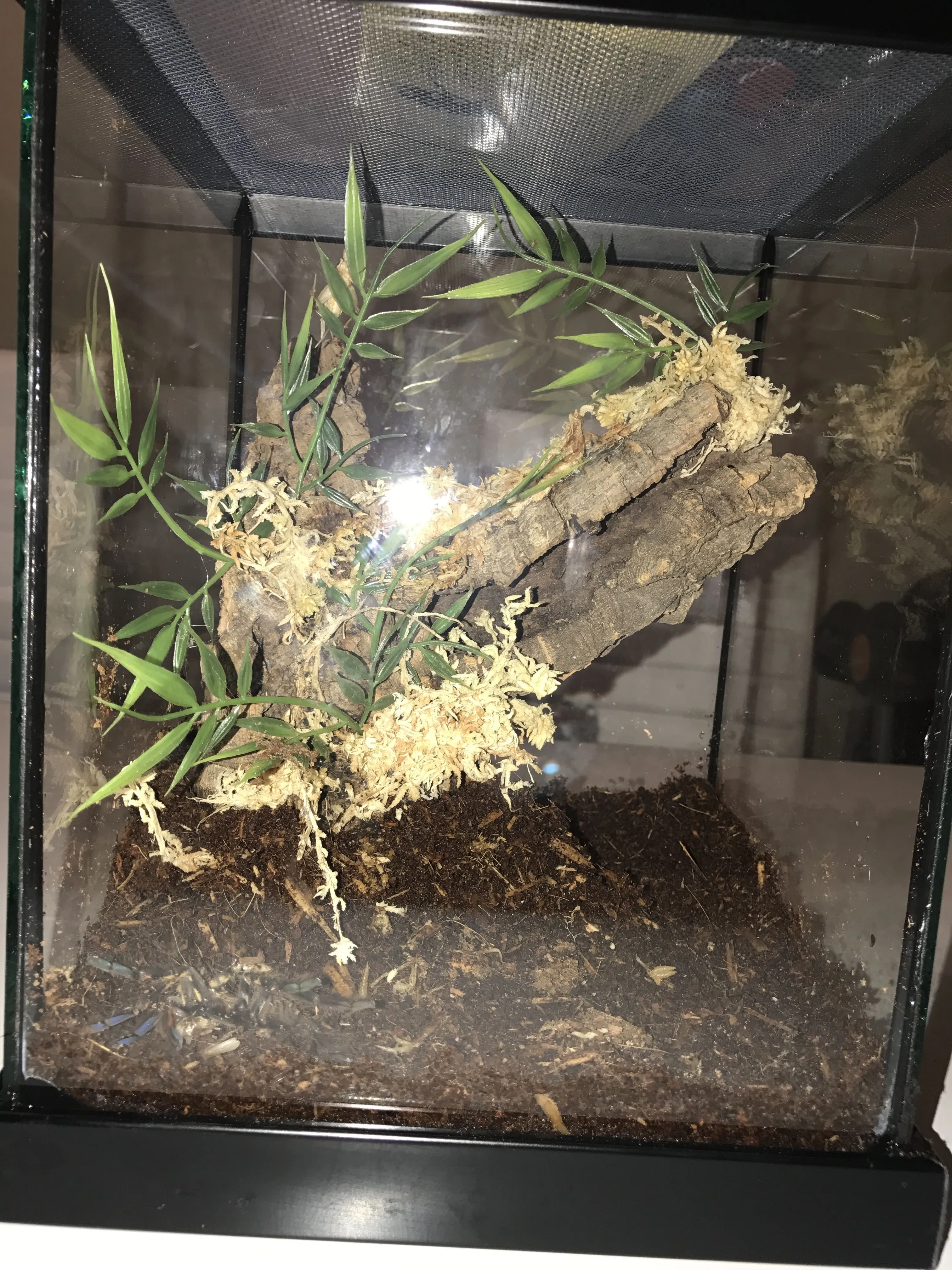Choosing the best tarantula enclosure is a crucial step in providing a healthy and happy life for your eight-legged friend. A well-designed enclosure replicates the tarantula’s natural habitat, ensuring it feels secure, comfortable, and has the space it needs to thrive. This comprehensive guide will walk you through everything you need to know to create the perfect tarantula enclosure, covering essential factors like size, materials, environmental controls, and maintenance. Whether you’re a beginner or an experienced tarantula keeper, this guide will help you create a thriving environment for your pet.
What Makes a Great Tarantula Enclosure
A great tarantula enclosure goes beyond simply housing your pet; it’s about creating a micro-environment that meets all its needs. This includes proper ventilation, temperature and humidity control, a suitable substrate, and plenty of hiding places. The enclosure should also be easy to clean and maintain, allowing for a sanitary environment that minimizes the risk of disease. Considering the specific requirements of your tarantula species is paramount, as different types of tarantulas have different needs, such as the amount of space they require, their preferred temperature, and the type of environment they thrive in. By carefully considering all these factors, you can create an enclosure that promotes your tarantula’s overall well-being.
Size Matters Choosing the Right Enclosure Size
The size of your tarantula enclosure is one of the most critical factors to consider. A too-small enclosure can restrict your tarantula’s movement and cause stress, while a too-large enclosure can make it difficult for your tarantula to find its food and feel secure. As a general rule, the enclosure should be at least twice as wide as your tarantula’s leg span. For terrestrial species, the enclosure should be wider than it is tall, while arboreal species will need taller enclosures. Remember, tarantulas don’t require a lot of space, so focus on providing the necessary area for movement and hunting. It’s better to start with a smaller enclosure for juveniles and upgrade as they grow. Avoid enclosures that are overly spacious, as this can make your tarantula feel exposed and vulnerable.
Considering Your Tarantula’s Species
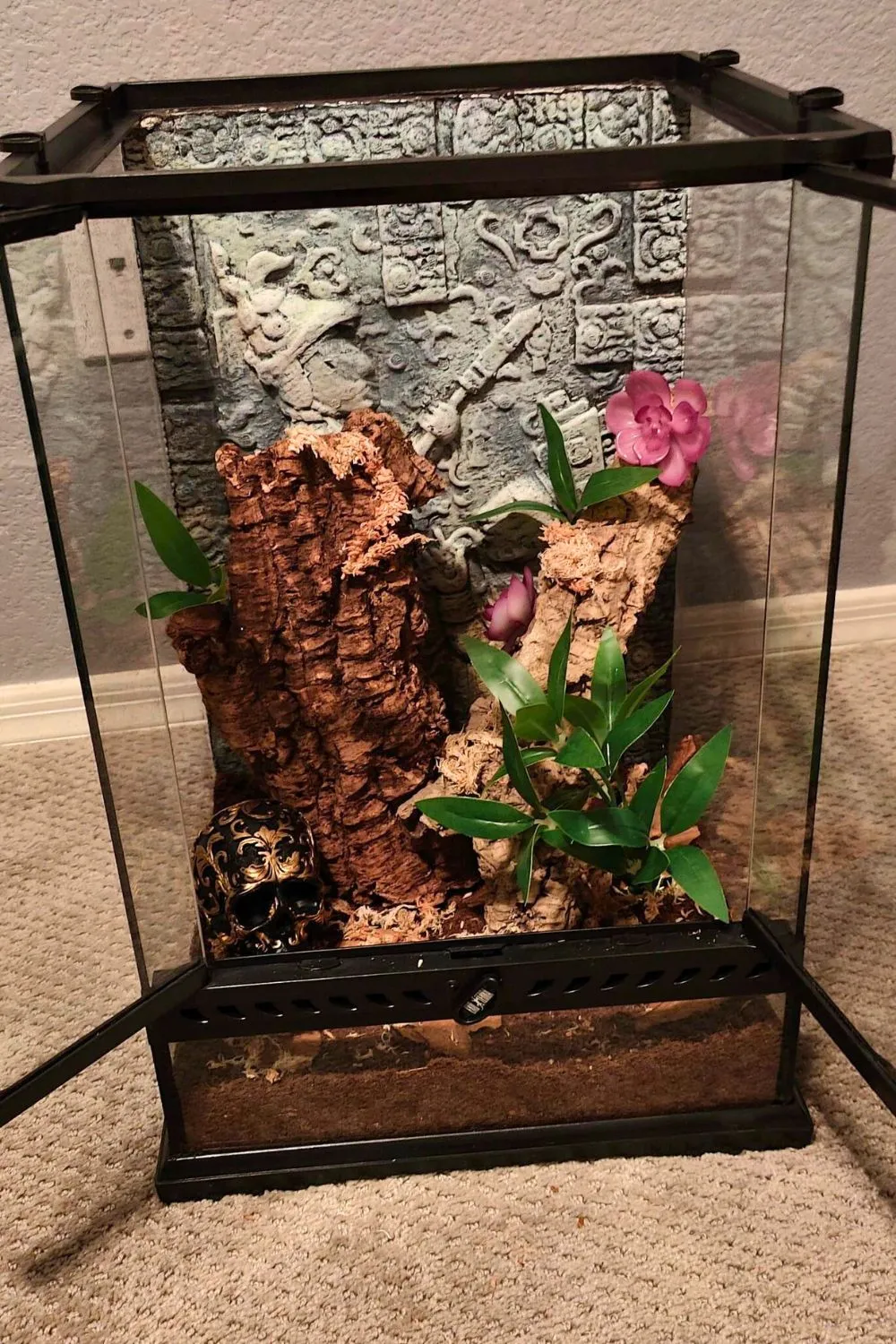
Different tarantula species have different needs, so it’s essential to research the specific requirements of your tarantula. These needs include the amount of space, preferred temperature and humidity levels, and substrate types. Terrestrial tarantulas, for example, typically require more floor space, while arboreal tarantulas need more vertical space for climbing. Some species prefer drier environments, while others thrive in more humid conditions. Understanding your tarantula’s specific needs will help you create an enclosure that mimics its natural habitat and supports its overall well-being. Consulting with experienced tarantula keepers or reading reputable care guides can provide valuable insights into the needs of your specific species.
Terrestrial Tarantulas Enclosure Needs
Terrestrial tarantulas, which live on the ground, need enclosures that prioritize floor space. A good rule of thumb is to provide an enclosure that is at least twice as wide as the tarantula’s leg span and slightly taller than the tarantula’s body. Ensure the enclosure has a secure lid to prevent escapes. The substrate should be deep enough for burrowing, and you should provide hides like cork bark or artificial caves. Water dishes should be shallow to prevent accidental drowning, and the enclosure should have good ventilation to prevent mold and maintain air quality. Temperature and humidity levels should be appropriate for the species, and be checked regularly to ensure you provide the best environment for them.
Arboreal Tarantulas Enclosure Needs
Arboreal tarantulas, which live in trees, require taller enclosures that allow them to climb. The enclosure should be at least twice as tall as the tarantula’s leg span and wide enough to accommodate climbing decor like branches or cork bark. Secure ventilation is essential, as is maintaining the proper humidity levels for the specific species. Arboreal species often require more humidity than terrestrial species. Provide plenty of climbing opportunities, such as branches, cork bark, or artificial plants, to allow your tarantula to move around freely. A secure lid is essential, and regular misting may be necessary to maintain humidity.
Essential Materials for Your Tarantula Enclosure
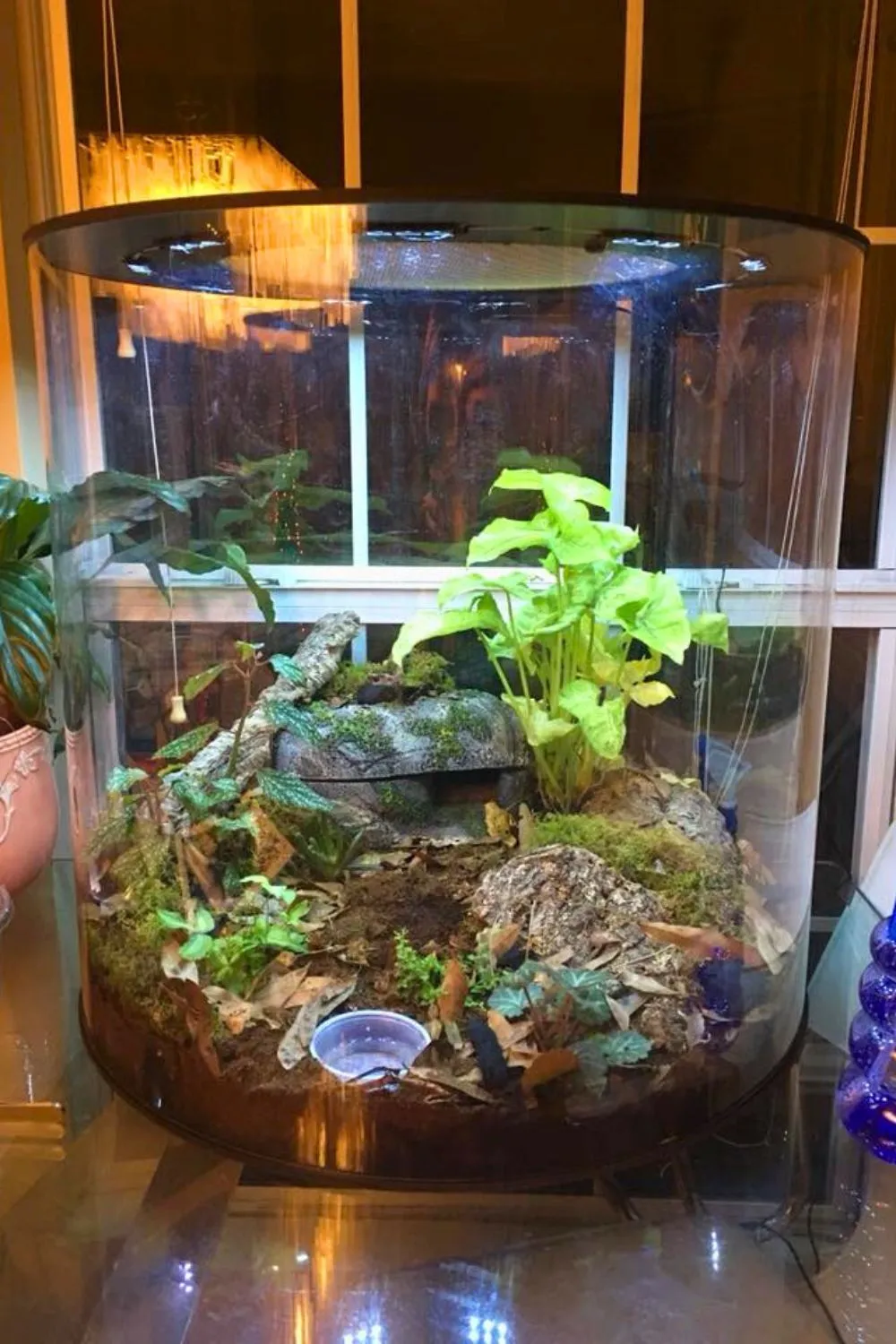
The materials used for your tarantula enclosure should be durable, safe, and easy to clean. Glass or clear acrylic enclosures are popular choices because they offer good visibility. The enclosure should have a secure lid that prevents escapes, and a ventilation system to provide fresh air. Avoid using materials that can be harmful to tarantulas, such as wood treated with chemicals or materials with sharp edges. Make sure that the enclosure is also water-resistant to avoid damage from spills and cleaning. The choice of material greatly impacts the comfort and safety of your tarantula and your ease of maintenance.
Substrate Selection Creating the Perfect Habitat
The substrate, or bedding, is a crucial part of your tarantula’s enclosure, serving several purposes. It provides a surface for walking and burrowing, helps maintain humidity, and can also provide a sense of security for your tarantula. Popular substrate options include coconut fiber, peat moss, vermiculite, and a mixture of these. The best substrate choice depends on the species of your tarantula and its specific environmental needs. For example, burrowing species will need a substrate that they can dig into, while other species may prefer a more humid environment. Always choose a substrate that is free of pesticides or other harmful chemicals. The depth of the substrate should also be appropriate for the species, allowing for burrowing if necessary.
Humidity and Ventilation
Maintaining proper humidity and ventilation is essential for your tarantula’s health and well-being. Humidity is critical for successful molting, while ventilation prevents the buildup of harmful bacteria and fungi. The ideal humidity level varies depending on the tarantula species, but generally ranges from 60% to 80%. You can monitor humidity using a hygrometer. To increase humidity, you can mist the enclosure with water or add a water dish. Good ventilation is achieved by having air vents, which allow for airflow and prevent the growth of mold and mildew. Ensure the ventilation is secure so your tarantula cannot escape. Balancing humidity and ventilation can be a challenge, so it’s important to regularly monitor and adjust the conditions as needed.
Temperature Control
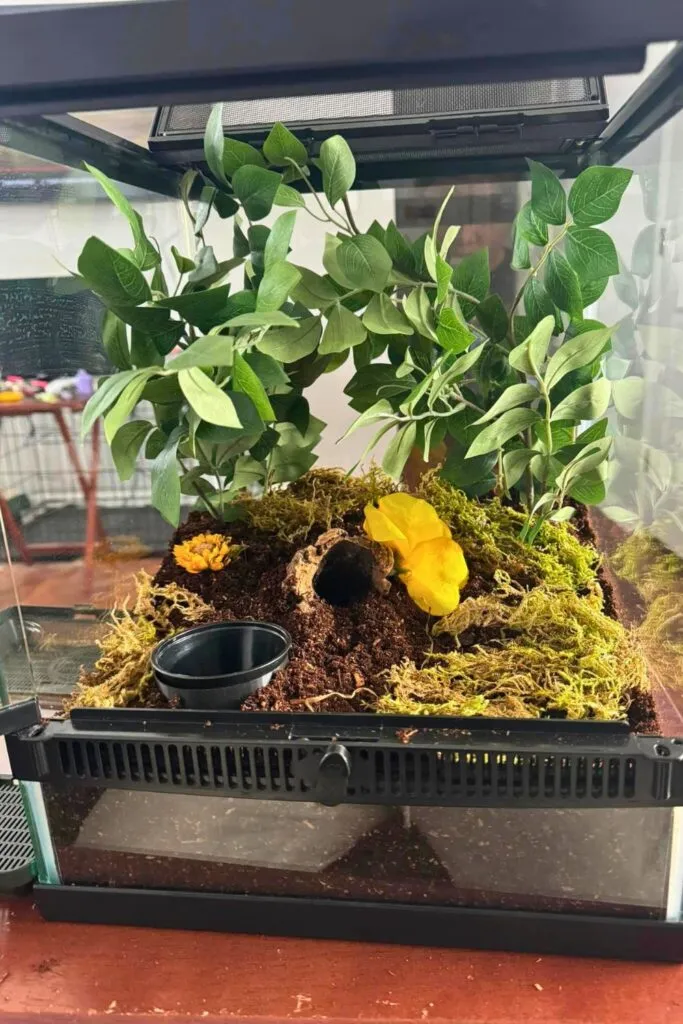
Tarantulas are ectothermic, meaning they rely on external sources to regulate their body temperature. Maintaining the correct temperature range is therefore crucial. Most tarantula species thrive in temperatures between 75°F and 85°F (24°C and 29°C). You can use a thermometer to monitor the temperature in the enclosure. If the room temperature is too low, you may need to use a heat source, such as a heat mat or ceramic heat emitter. However, it’s important to avoid direct heat sources, as these can cause burns. Always monitor the temperature to ensure it’s within the appropriate range for your species. Proper temperature control supports your tarantula’s metabolism and overall health.
Decorating Your Tarantula’s Home
Decorating your tarantula’s enclosure provides enrichment and helps your pet feel secure. Provide hides, such as cork bark, artificial caves, or even sturdy plastic plants, where your tarantula can retreat and feel safe. Add climbing structures for arboreal species, such as branches or driftwood. Ensure that all decorations are non-toxic and don’t have any sharp edges that could harm your tarantula. The decor should also be easy to clean and not harbor pests. A well-decorated enclosure not only looks appealing but also offers your tarantula opportunities to explore and express natural behaviors, such as web-spinning and hiding.
Providing Hides and Enrichment
Hides are essential for tarantulas, providing a place to retreat and feel secure. You can use a variety of materials for hides, such as cork bark, artificial caves, or even half of a terracotta pot. Place the hide in a location that allows your tarantula to easily access it. You can also provide enrichment items, such as artificial plants or branches, for your tarantula to explore. Enrichment helps to prevent boredom and promotes natural behaviors. Make sure any enrichment items are safe, non-toxic, and don’t pose a risk of injury to your tarantula. These items can make your tarantula enclosure more engaging and stimulating.
Creating a Safe and Secure Environment
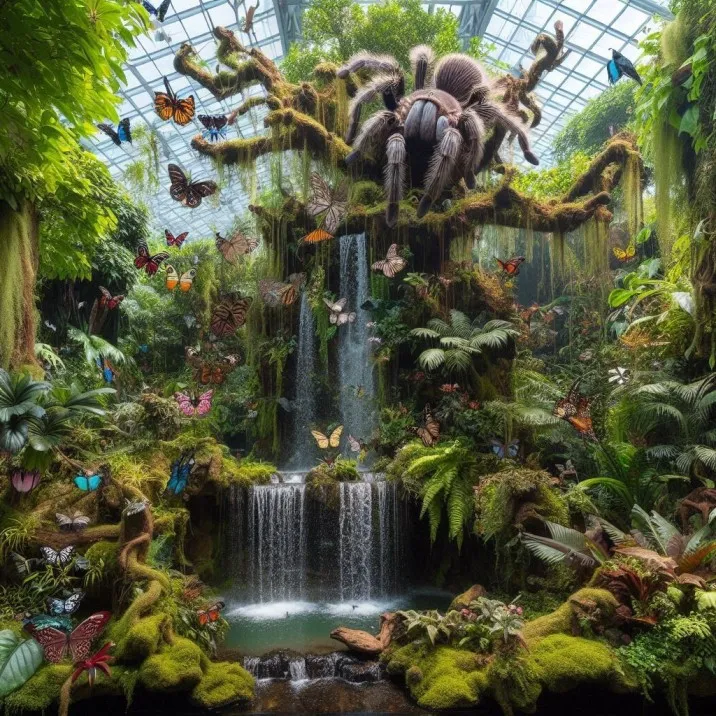
Creating a safe and secure environment is paramount for your tarantula’s well-being. Ensure that the enclosure is escape-proof, with a secure lid and no gaps that your tarantula could squeeze through. Avoid placing the enclosure in direct sunlight or drafts, which can stress your tarantula. Keep the enclosure away from loud noises and vibrations. Regular monitoring is also essential to ensure that the enclosure is free from hazards and that your tarantula is healthy. Regularly inspect the enclosure for any signs of mold or pests, and make adjustments to the environment as needed. A safe environment reduces stress and promotes a long and healthy life for your pet.
Preventing Escapes
Tarantulas are escape artists, so it’s crucial to prevent them from escaping their enclosure. Ensure that the lid fits snugly and is securely fastened. Regularly check the enclosure for any gaps or openings that your tarantula could exploit. Use a secure locking mechanism, especially if you have children or other pets. Never leave the enclosure unattended, especially when cleaning or performing maintenance. If your tarantula does escape, act quickly to find it, as they can be vulnerable outside their enclosures. Preventing escapes not only protects your tarantula but also ensures the safety of your home and family.
Maintenance and Cleaning Your Tarantula Enclosure
Regular maintenance and cleaning are essential for keeping your tarantula’s enclosure clean, healthy, and safe. This includes spot cleaning to remove uneaten food and waste, and a complete cleaning of the enclosure on a regular basis. The frequency of cleaning depends on your tarantula species, the size of the enclosure, and the amount of waste produced. Use appropriate cleaning solutions to avoid harming your tarantula. Always replace the substrate and clean all decorations during a complete cleaning. Regular maintenance prevents the buildup of harmful bacteria and maintains the proper environmental conditions, contributing to your tarantula’s health and longevity.
Regular Cleaning Schedule
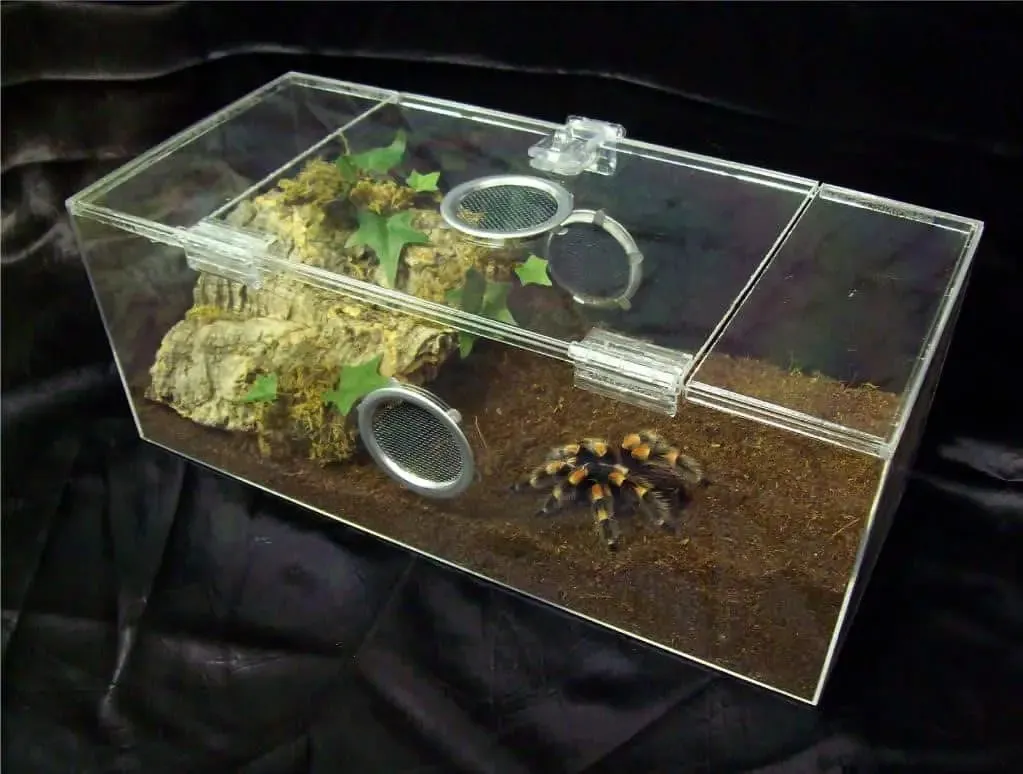
Establish a regular cleaning schedule to keep your tarantula enclosure clean and hygienic. Spot clean the enclosure daily or every other day to remove uneaten food, dead insects, and any visible waste. Perform a partial substrate change every few months, depending on the species and the amount of waste. Conduct a complete cleaning of the enclosure every six months to a year, replacing the substrate and cleaning all decorations. Always wear gloves when handling the enclosure and the substrate. This regular schedule helps maintain optimal environmental conditions and ensures a healthy environment for your tarantula.
Monitoring and Maintaining Conditions
Regularly monitor and maintain the conditions within your tarantula’s enclosure. Check the temperature and humidity levels daily, using a thermometer and hygrometer. Ensure that the ventilation is adequate and that there is no condensation buildup. Adjust the environmental parameters as needed to maintain the optimal conditions for your tarantula species. Regularly inspect the enclosure for any signs of mold, pests, or other issues. Consistent monitoring and maintenance will help prevent health problems and ensure your tarantula thrives.
Common Mistakes to Avoid
Avoid these common mistakes to ensure your tarantula’s health and well-being. Do not overcrowd the enclosure or house multiple tarantulas together unless you are specifically breeding them. Ensure that the enclosure has proper ventilation. Do not use harsh chemicals or cleaning agents. Avoid using any materials that could be toxic or harmful to your tarantula. Do not place the enclosure in direct sunlight or near drafts. Always research the specific needs of your tarantula species and provide an environment that mimics its natural habitat. Avoiding these mistakes will help prevent health problems and create a thriving environment for your tarantula.
Overcrowding and Improper Ventilation
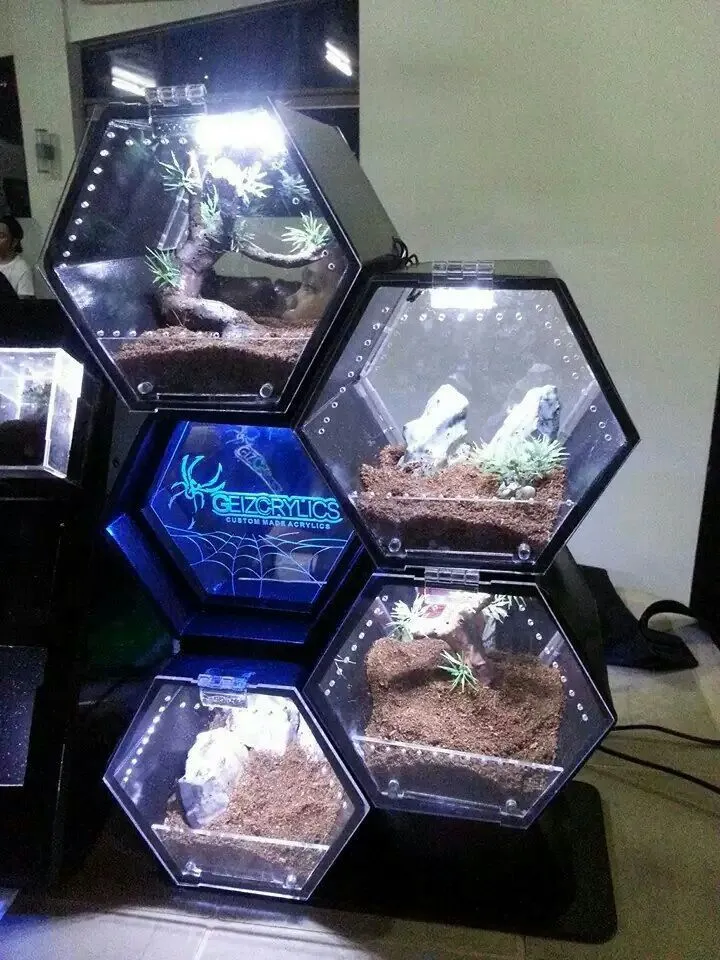
Overcrowding and inadequate ventilation are common mistakes that can harm your tarantula. Overcrowding can lead to stress, competition for resources, and even cannibalism. Ensure that each tarantula has enough space to move around comfortably. Inadequate ventilation can lead to a buildup of harmful gases and the growth of mold and mildew. Ensure that your enclosure has adequate ventilation through the use of air vents. Regularly monitor the enclosure for signs of mold or condensation, and adjust ventilation as needed. Preventing these mistakes is crucial for creating a healthy environment for your tarantula.
Final Thoughts on the Best Tarantula Enclosure
Creating the best tarantula enclosure is an ongoing process that requires attention to detail and a commitment to providing the best possible environment for your pet. By carefully considering the factors outlined in this guide, you can create an enclosure that is not only safe and secure but also stimulates your tarantula and allows it to thrive. Remember to research the specific needs of your tarantula species, and always prioritize the health and well-being of your eight-legged friend. With the right knowledge and care, you can enjoy the fascinating world of tarantula keeping for years to come.
